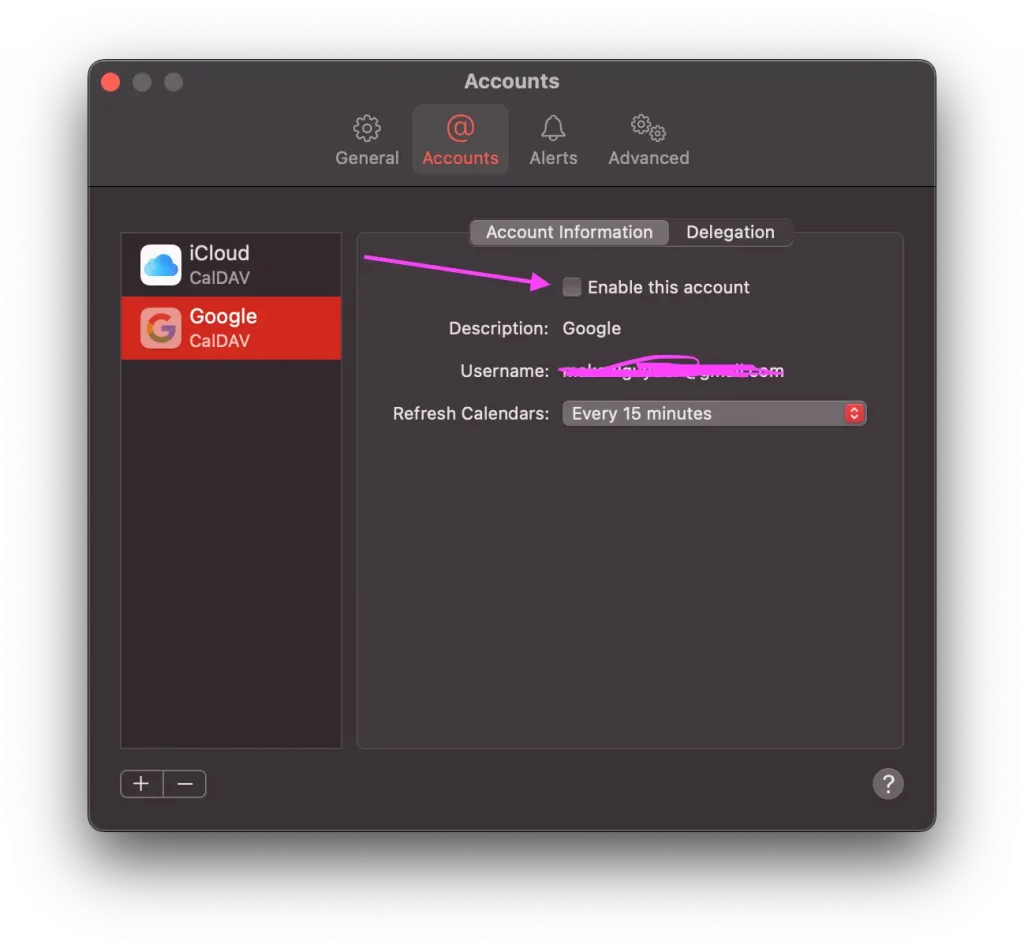Syncing Your Apple and Google Calendars: A Complete Information
Associated Articles: Syncing Your Apple and Google Calendars: A Complete Information
Introduction
With enthusiasm, let’s navigate by the intriguing matter associated to Syncing Your Apple and Google Calendars: A Complete Information. Let’s weave fascinating data and supply contemporary views to the readers.
Desk of Content material
Syncing Your Apple and Google Calendars: A Complete Information

The digital age calls for seamless integration between totally different platforms, and for a lot of, this contains managing their schedules throughout Apple and Google ecosystems. Juggling appointments, conferences, and reminders throughout separate calendars generally is a recipe for catastrophe. Happily, syncing your Apple Calendar along with your Google Calendar is achievable, providing a unified view of your commitments. This text delves into the varied strategies, concerns, and troubleshooting suggestions to make sure a easy and environment friendly synchronization course of.
Understanding the Want for Synchronization
Earlier than diving into the specifics, let’s spotlight why syncing your Apple and Google Calendars is helpful:
- Centralized Scheduling: Keep a single, up-to-date view of all of your occasions, no matter the place they originated. This eliminates the danger of double-booking or lacking essential appointments.
- Cross-Platform Entry: Entry your schedule from any system – iPhone, iPad, Mac, Android cellphone, Chromebook, or PC – without having to manually replace every calendar individually.
- Collaboration & Sharing: Seamlessly share calendars with colleagues, household, or associates, no matter their most well-liked platform. This simplifies collaborative planning and reduces communication overhead.
- Enhanced Productiveness: A unified calendar system streamlines your workflow, saving time and minimizing the stress of managing a number of calendars.
Strategies for Syncing Apple and Google Calendars
A number of strategies exist for syncing Apple and Google Calendars, every with its personal benefits and downsides:
1. Utilizing iCloud and Google Calendar’s Subscription Function:
That is arguably the only and most generally really useful methodology. It leverages the subscription performance constructed into Google Calendar.
-
Steps:
- Entry your Apple Calendar: In your Mac or iOS system, open the Calendar app.
- Share your iCloud Calendar: Choose the calendar you want to sync. Faucet or click on the "Share Calendar" choice. You may must generate a public hyperlink.
- Entry Google Calendar: In your pc or Android system, open Google Calendar.
- Subscribe to the Calendar: Click on the "+" icon (often discovered within the left sidebar) and choose "Add by URL." Paste the general public hyperlink you generated out of your iCloud Calendar. Google Calendar will mechanically subscribe to and sync along with your Apple Calendar.
-
Benefits: Comparatively easy setup, no third-party apps required.
-
Disadvantages: This can be a one-way sync. Adjustments made in Google Calendar will not replicate in your Apple Calendar. Additionally, the general public hyperlink shares your calendar with anybody who has the hyperlink, so contemplate privateness implications. In the event you delete the subscription, you may lose the sync.
2. Utilizing CalDAV:
CalDAV (Calendar Information Entry Protocol) is a extra strong methodology providing two-way synchronization. This implies modifications made on both calendar can be mirrored on the opposite. Nonetheless, it requires barely extra technical data.
-
Steps: This course of varies barely relying in your particular units and working methods, however typically includes:
- Discovering your iCloud CalDAV server handle: This sometimes includes navigating your iCloud settings. The precise handle will fluctuate.
- Including the CalDAV account to Google Calendar: In Google Calendar settings, search for the choice so as to add a brand new calendar. You may must enter your iCloud CalDAV server handle, username (your Apple ID), and password.
-
Benefits: Two-way synchronization, providing a extra full and dynamic integration.
-
Disadvantages: Could be extra technically difficult to arrange, requiring some understanding of CalDAV configuration. The success fee can fluctuate relying on community configurations and firewalls.
3. Utilizing Third-Get together Apps:
A number of third-party apps specialise in calendar synchronization throughout totally different platforms. These apps typically supply extra options, reminiscent of activity administration or occasion reminders. Nonetheless, they sometimes require subscriptions or one-time purchases.
- Examples: Fantastical, BusyCal, and others.
- Benefits: Usually present extra options past primary synchronization, reminiscent of improved interface or superior filtering.
- Disadvantages: Require set up of a third-party app, which could introduce safety or privateness considerations. They often contain a value.
Selecting the Proper Methodology:
The optimum methodology relies on your technical experience and particular necessities:
- For simplicity and ease of use: The iCloud subscription methodology is the best choice, splendid for customers who prioritize simplicity over two-way synchronization.
- For 2-way synchronization: CalDAV is the popular methodology, however requires extra technical data and probably some troubleshooting.
- For superior options and a streamlined consumer interface: Third-party apps supply enhanced performance however include a value.
Troubleshooting Widespread Synchronization Points:
Even with the right methodology, synchronization points can come up. Listed here are some frequent issues and options:
- One-way synchronization: Make sure you’ve accurately configured CalDAV for two-way sync if that is your aim. The iCloud subscription methodology is inherently one-way.
- Delayed synchronization: Test your web connection. Typically, community points or server outages could cause delays.
- Occasions not showing: Double-check that you have accurately added the calendar within the respective app and that the calendar is about to be seen.
- Conflicting occasions: You probably have duplicate occasions, manually delete one to resolve the battle.
- Authentication errors: Make sure you’re utilizing the right Apple ID and password. Test your iCloud settings to ensure two-factor authentication is not interfering.
Privateness Concerns:
When sharing your calendar, at all times be aware of privateness. The general public hyperlink methodology exposes your calendar to anybody with the hyperlink. In the event you’re sharing with particular people, think about using a shared calendar characteristic inside both Google Calendar or iCloud as a substitute of a public hyperlink.
Conclusion:
Syncing your Apple and Google Calendars affords vital advantages for managing your schedule successfully. Whereas a number of strategies exist, every affords a distinct steadiness between simplicity, performance, and value. By fastidiously contemplating your wants and technical capabilities, you’ll be able to select the perfect strategy and revel in a unified and streamlined calendar expertise. Bear in mind to handle privateness considerations and troubleshoot any points which will come up to make sure a seamless integration between your Apple and Google calendars. The fitting methodology will considerably improve your productiveness and scale back the stress of managing a number of scheduling platforms.








Closure
Thus, we hope this text has offered precious insights into Syncing Your Apple and Google Calendars: A Complete Information. We thanks for taking the time to learn this text. See you in our subsequent article!